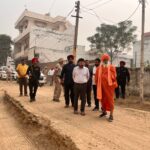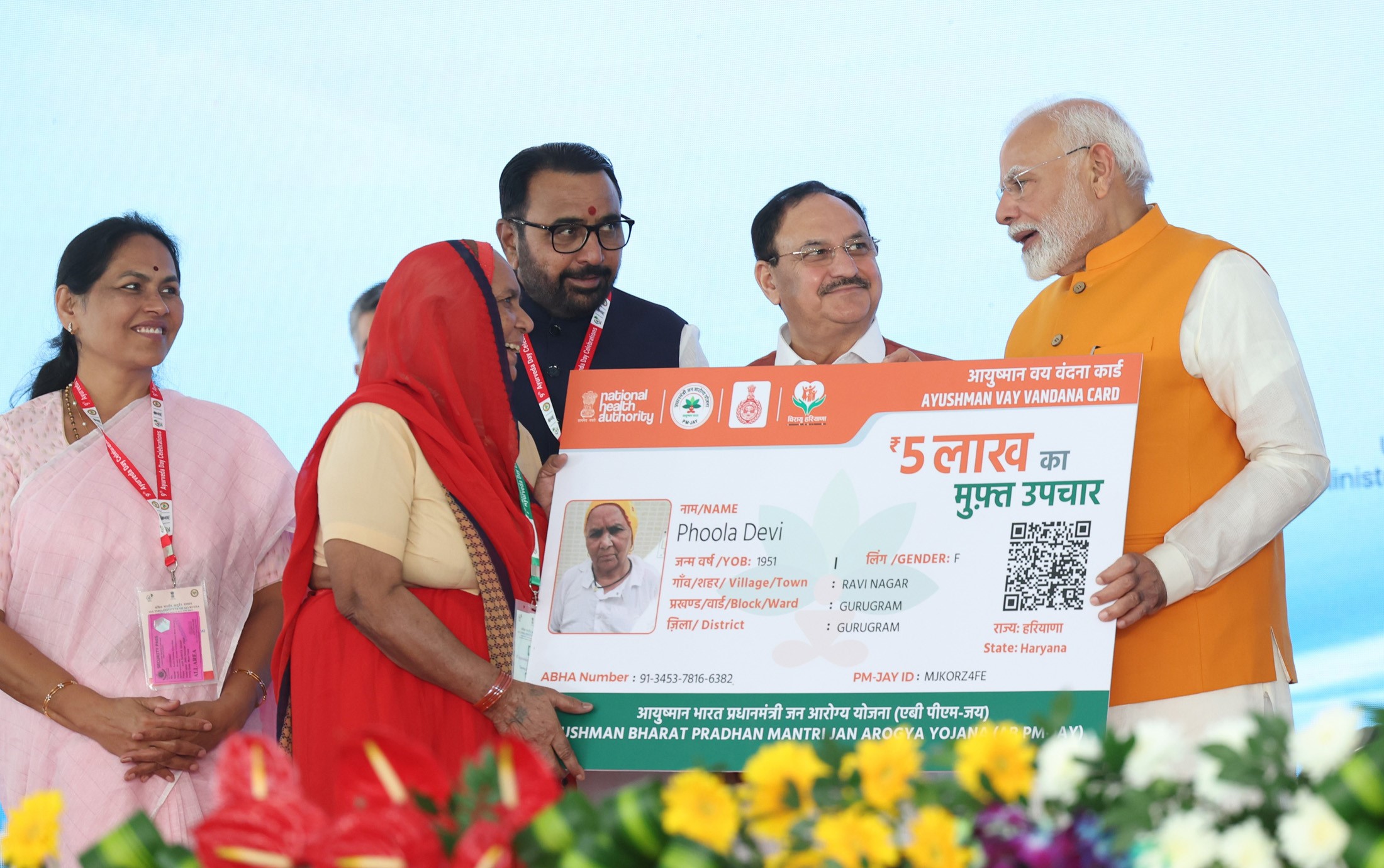Just when it seemed like the threat of coronavirus was receding, a new variant has emerged, sparking a fresh wave of infections across the United States. The LB.1 variant, according to the Centers for Disease Control and Prevention (CDC), is spreading rapidly and could soon overtake the KP.3 variant.
“There is currently no evidence that KP.3 or LB.1 cause more severe disease,” said CDC spokesperson David Daigle. “CDC will continue to track SARS-CoV-2 variants and is working to better understand the potential impact on public health.”
Reports indicate a significant rise in COVID-19 cases caused by the LB.1 variant in California and HHS Region 2, which includes New York and New Jersey. The LB.1 variant is closely related to KP.3, both descendants of the JN.1 variant.
The Infectious Diseases Society of America (IDSA) notes that unlike KP.2 and KP.3, the LB.1 variant exhibits an additional mutation (S
) besides the substitutions present in the FLiRT variants. Variants with this deletion, such as LB.1, are sometimes referred to as “deFLiRT” variants.
Although the CDC has not found evidence suggesting LB.1 is more severe than previous variants, a Japanese study indicates that one of LB.1’s mutations spreads faster. This summer, LB.1 accounted for 17.5% of COVID-19 cases in the US, according to a report by the Indian Express. Both FLiRT and LB.1 are highly transmissible.
Symptoms of LB.1
The symptoms of LB.1 are similar to those caused by the FLiRT variants and include:
- Sore throat
- Cough
- Fatigue
- Congestion
- Runny nose
- Fever or chills
- Headache
- Muscle aches
- New loss of taste or smell
- Nausea or vomiting
Diarrhea Reports suggest that newer strains, including LB.1, are producing generally milder infections.
















